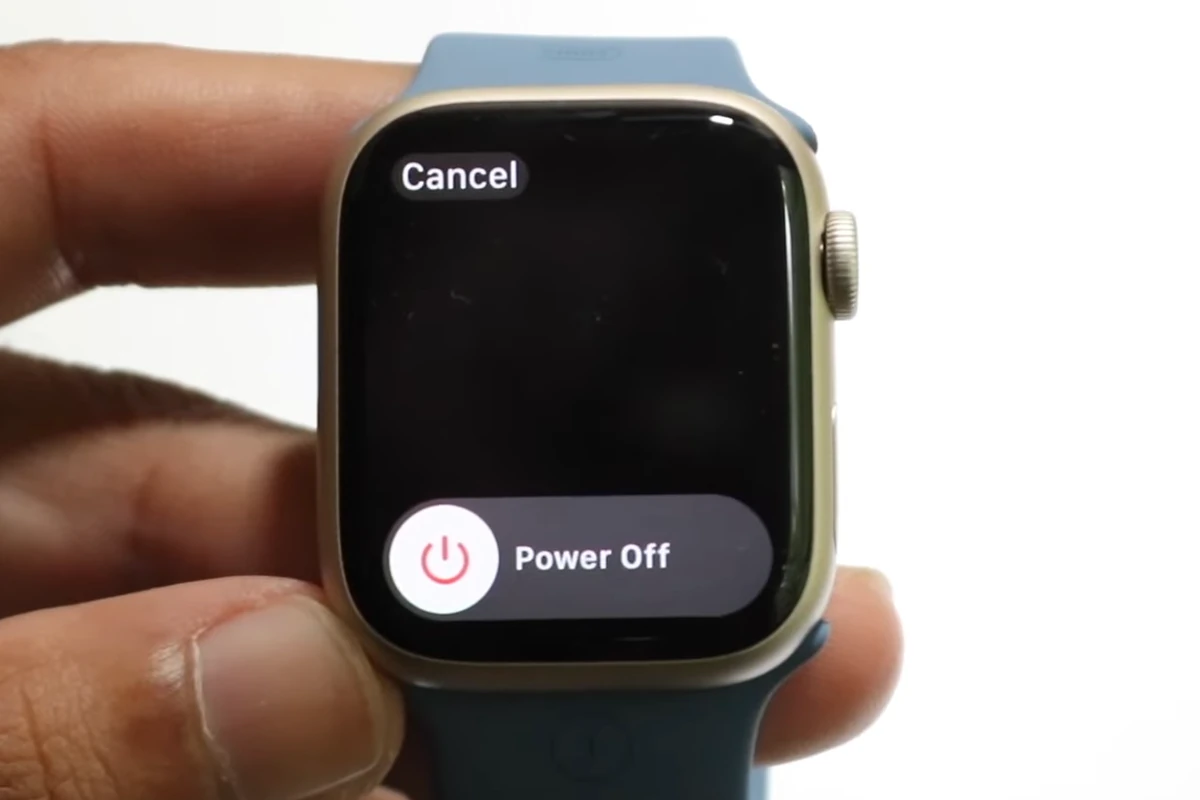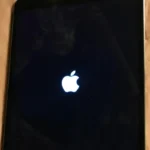For most users, you can expect your Apple Watch to last 3-5 years. With good care, however, you can expect to add an additional 1+ or more years to its life. However, at some point, the battery will wear down and die off. What should you focus on to maximize the lifespan? Follow best practices for usage patterns, battery health, and software updates to maximize its longevity. And to the best of your ability, avoid submerging your Apple Watch for extended periods of time. Obviously, if water creeps into the electronics of the watch, it could kill it, so water damage remains one of the most common issues people have with their watches.
Apple Watch: Expected Lifespan and Factors Affecting It
Apple designs its watches to last and for the most part people have been generally happy with the performance. Apple has also designed a lot of WatchOS functionality to aid in this. For example, they introduced Optimized Battery Charging in watchOS 7 that maximizes the health of your battery to make sure irregular charging habits don’t compromise it.
The model of watch you choose is also important (ie- the Apple Watch Ultra is built to be more rugged) and can affect how long your watch goes. The introduction of low-power mode with recent models also helps users extend the time between charges, contributing to longer battery life.
Typical Lifespan
Apple Watch models generally last three to five years with regular use. This estimate considers hardware durability, battery health, and software support from Apple.
Factors Affecting Lifespan
| Factor | Impact |
|---|---|
| Usage | Frequent use and demanding features like GPS and cellular drain the battery faster, potentially shortening the lifespan. |
| Battery Health | Lithium-ion batteries degrade over time, losing capacity and requiring more frequent charging. |
| Software Updates | Apple provides software updates for several years, adding features and security patches. Older models may stop receiving updates, impacting functionality. |
| Physical Damage | Accidental drops or water damage can significantly shorten the lifespan. |
Signs of Aging
| Sign | Possible Cause |
|---|---|
| Decreased battery life | Natural battery degradation or heavy usage. |
| Slower performance | Older hardware struggling to keep up with newer software. |
| Lack of software updates | Your model may be too old to receive the latest watchOS updates. |
| Physical wear and tear | Scratches, dents, or damage to the band or screen. |
Extending Your Apple Watch Lifespan
- Optimize Battery Usage: Reduce screen brightness, limit notifications, and disable unused features.
- Charge Properly: Avoid overcharging and follow Apple’s charging guidelines.
- Update Software: Install the latest watchOS updates for optimal performance and security.
- Protect from Damage: Use a case and screen protector to prevent physical damage.
When to Consider Upgrading
If your Apple Watch experiences significant battery drain, becomes noticeably slower, or no longer receives software updates, it might be time to consider upgrading to a newer model.
Key Takeaways
- The Apple Watch lifespan is influenced by battery health, usage, and care.
- Software updates and features like Optimized Battery Charging enhance longevity.
- Proper maintenance and charging can extend the Apple Watch’s operational life.
Understanding Apple Watch Battery Health
Apple Watch uses a lithium-ion battery designed to offer high performance and longevity. This section breaks down what contributes to battery health and how to maintain it.
Lithium-Ion Battery Basics
A lithium-ion battery powers the Apple Watch. This type of battery charges faster and lasts longer than traditional batteries. It comes in a compact size that fits neatly into the slim profile of the watch. Charge cycles determine a battery’s life, with one cycle being a full 0% to 100% charge.
Factors Affecting Battery Lifespan
Several factors influence the lifespan of an Apple Watch battery. Charging habits play a big part. It’s best not to let the battery fully drain or to keep it at 100% for too long. Use the charger that comes with the device to prevent damage. Avoid extreme temperatures to maintain battery health.
Battery Health Metrics
Battery health metrics show how much your battery can hold a charge compared to when it was new. WatchOS includes features like Optimized Battery Charging. This learns your daily charging patterns. It stops the charge at 80% overnight, finishing the charge closer to your wake-up time. This helps to prolong the battery lifespan.
Maximizing Apple Watch Lifespan
To ensure an Apple Watch remains functional for as long as possible, users should adhere to recommended software updates and maintenance practices. Careful consideration of upgrade timing can also play a significant role in extending the device’s useful life.
Software and OS Updates
Regularly updating the Apple Watch to the latest version of watchOS can improve performance and extend battery life. Features like Optimized Battery Charging in watchOS 7 and later learn individual charging habits to minimize battery wear. To update, the watch must be on its charger, have at least 50% charge, and be within range of the paired iPhone.
Usage and Maintenance Tips
Proper usage and maintenance are key to maximizing lifespan. Users should:
- Enable Low Power Mode by visiting the battery settings when running watchOS 9 or later.
- Reduce wake screen on wrist raise frequency to save battery.
- Dim screen brightness.
- Turn off the Always On display feature if it’s not essential.
Apple advises engaging an authorized service provider for battery-related support and repairs.
When to Consider Upgrading
Strong performance is typical for an Apple Watch for around three years. Users often choose to upgrade when their device’s daily functionality begins to decline or when new models with significant improvements become available. It is important to monitor battery life as a signifier for when to consider upgrading.







